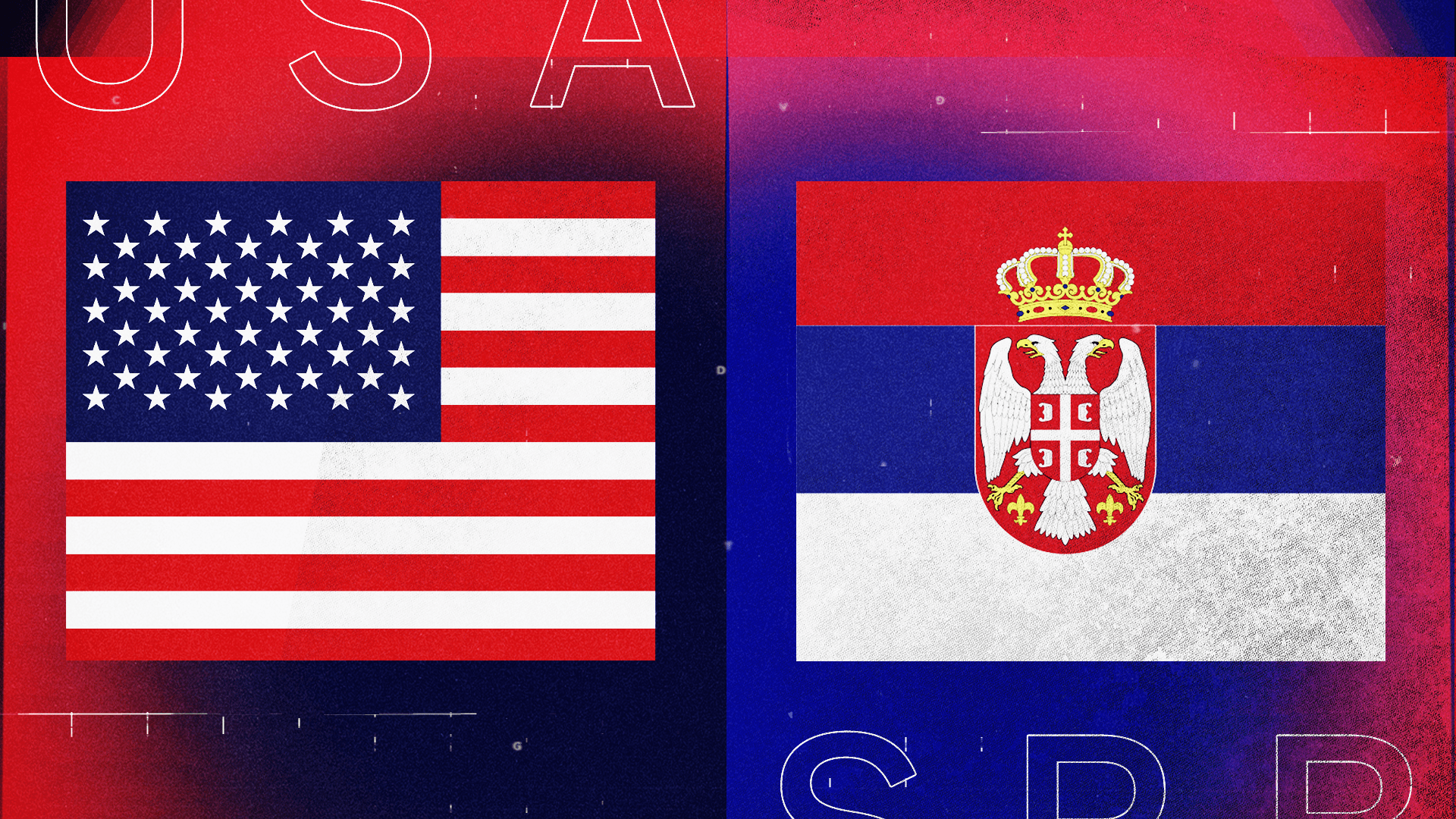Political and Economic Ties

The United States and Serbia have a complex and evolving relationship marked by historical ties, political shifts, and economic interdependence. While their political systems and ideologies differ significantly, both countries have sought to strengthen their economic cooperation in recent years.
Political Systems and Ideologies
The USA and Serbia represent contrasting political systems and ideologies. The USA operates as a federal presidential republic, emphasizing individual liberty, democracy, and capitalism. Serbia, on the other hand, has a parliamentary republic system, with a history of socialist influences and a more centralized government structure. While Serbia has transitioned towards a market economy, its political landscape reflects a blend of historical influences and contemporary challenges.
Bilateral Agreements and Treaties
The USA and Serbia have established a framework of bilateral agreements and treaties to govern their relationship.
- The 1999 Agreement on Cooperation in the Field of Science and Technology fosters collaboration in scientific research and technological development.
- The 2006 Trade and Investment Framework Agreement (TIFA) provides a platform for enhancing trade and investment between the two countries.
- The 2010 Agreement on Cooperation in the Field of Education promotes exchange programs and academic partnerships.
These agreements serve as a foundation for cooperation in various sectors, including trade, investment, education, and science.
Economic Relationship
The economic relationship between the USA and Serbia is characterized by growing trade and investment ties.
- The USA is one of Serbia’s largest trading partners, with exports primarily focused on agricultural products, machinery, and electronics.
- Serbia’s exports to the USA include automotive parts, textiles, and furniture.
- US investment in Serbia has been increasing, particularly in the sectors of technology, manufacturing, and infrastructure.
The USA has also provided financial assistance to Serbia through programs like the Millennium Challenge Corporation and the US Agency for International Development (USAID). These programs aim to support Serbia’s economic development and democratic reforms.
Cultural and Social Interactions: Usa Versus Serbia

The United States and Serbia, despite their geographical distance, share a history of cultural exchange and a growing understanding of each other’s societies. This interaction has led to both similarities and differences in their respective cultural landscapes.
Cultural Differences and Similarities
The cultural differences between the USA and Serbia are evident in various aspects of life, including traditions, values, and social norms.
- Individualism vs. Collectivism: The USA is known for its emphasis on individualism, where personal achievement and self-reliance are highly valued. Serbia, on the other hand, has a more collectivist culture, where family and community ties are strong, and individuals are expected to prioritize the needs of the group.
- Communication Styles: Americans tend to be more direct and assertive in their communication, while Serbs often use a more indirect and nuanced approach, relying on nonverbal cues and context. This difference can sometimes lead to misunderstandings.
- Religious Practices: The USA is a diverse country with various religious beliefs, with Christianity being the dominant faith. Serbia is predominantly Orthodox Christian, and religion plays a significant role in daily life and cultural traditions.
- Food and Cuisine: American cuisine is diverse and influenced by various cultures, while Serbian cuisine is known for its hearty and flavorful dishes, often featuring meat, vegetables, and dairy products.
Despite these differences, there are also several cultural similarities between the two countries. Both nations share a strong work ethic, a love for sports, and a passion for music and entertainment.
Cultural Exchange Programs and Collaborations, Usa versus serbia
The USA and Serbia have established various cultural exchange programs and collaborations that promote mutual understanding and appreciation. These programs include:
- Fulbright Program: This prestigious program offers scholarships for students and professionals from both countries to study and research in each other’s nations.
- US-Serbia Cultural Exchange: The US Embassy in Belgrade organizes various cultural events, workshops, and exhibitions to showcase American culture and facilitate cultural exchange.
- University Partnerships: Several universities in the USA and Serbia have established partnerships for student and faculty exchange programs, research collaborations, and joint degree programs.
Demographics, Languages, and Religions
| Feature | USA | Serbia |
|---|---|---|
| Population | 334,805,313 (2023 estimate) | 6,903,828 (2023 estimate) |
| Languages | English (official) | Serbian (official) |
| Religions | Christianity (70.6%), Unaffiliated (22.8%), Judaism (1.9%), Islam (0.9%), Other (3.8%) | Serbian Orthodox Christianity (84.9%), Islam (3.1%), Roman Catholicism (1.1%), Other (11.0%) |
Usa versus serbia – The rivalry between the United States and Serbia in basketball is a long-standing one, marked by intense competition and high-stakes matches. This dynamic is readily apparent in the upcoming showdown, which can be viewed live at usa vs serbia live.
The match promises to be a thrilling display of athleticism and strategic prowess, further solidifying the historical rivalry between these two basketball powerhouses.
The rivalry between the United States and Serbia has manifested in various arenas, from political and economic spheres to athletic competitions. While this rivalry may not be as intense as some others, it is notable for its historical and cultural complexities.
In a similar vein, the development of a 800 lb camping chair signifies a remarkable achievement in engineering and design, showcasing a dedication to durability and comfort. This dedication to exceeding expectations, whether in athletic contests or product development, is a characteristic shared by both the United States and Serbia, albeit in different contexts.
